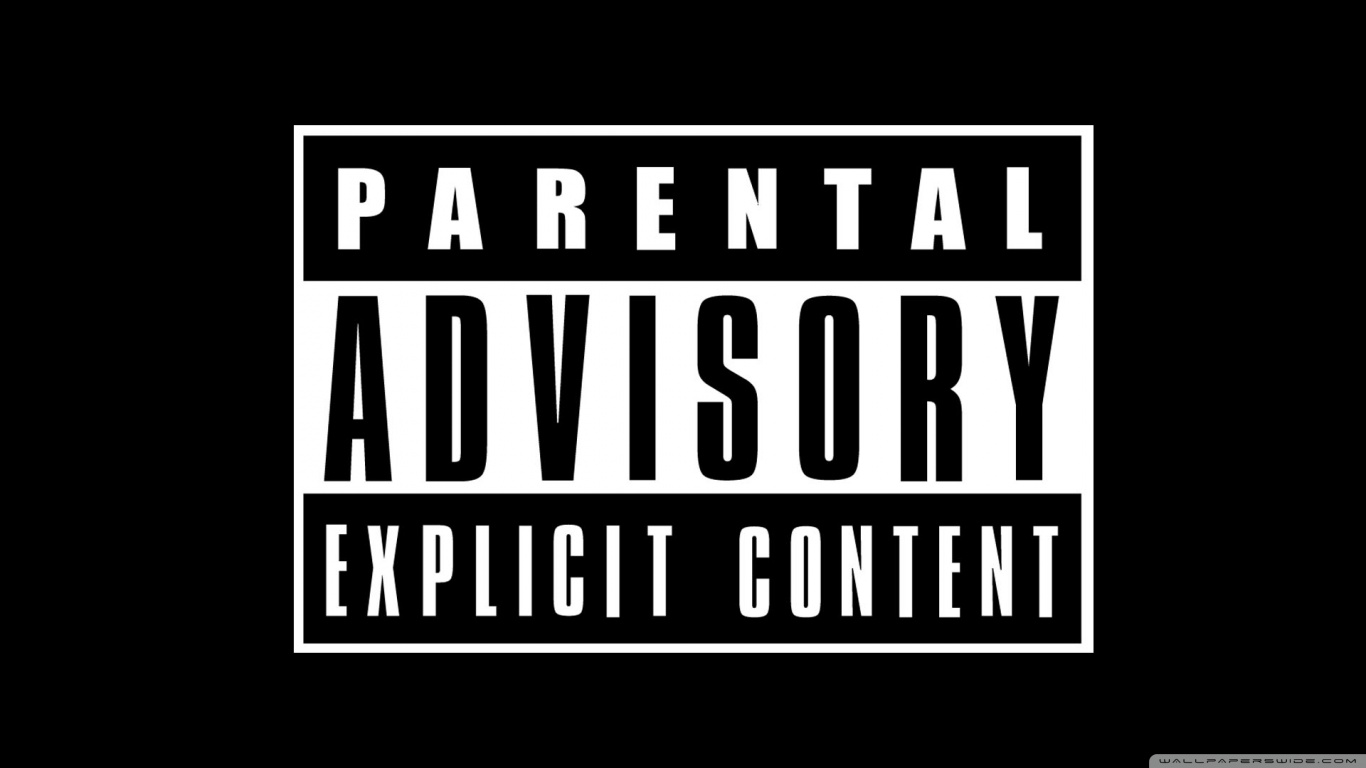
Jaksonlee62
Uploaded on Mar 28, 2022
Category
Health & Medicine
In this type of sleep apnea, the obstruction in the mouth and nose becomes the cause for hindered breathing. So, inhaling and exhaling becomes difficult when your tongue falls against the soft palate, or the uvula falls against the throat.
Category
Health & Medicine
What are the different types of sleep apnea
What are the
different types of
sleep apnea
There are several sleep-related problems that are affecting people worldwide. These issues keep
individuals from sleeping peacefully through the night, making them lazy the next day. One such
sleep-related issue is sleep apnea. It affects your breathing while you are resting at night. As a
result, you may gasp for air, which may wake you up from your slumber. For treating the condition,
you first need to identify the type of sleep apnea you have. Basically, it can be classified into three
categories. To understand what they are and how they are different from each other, read further!
Types of sleep apnea
Broadly, sleep apnea can be classified into three types. These are as follows:
Obstructive sleep apnea:
In this type of sleep apnea, the obstruction in the mouth and nose becomes the cause for hindered
breathing. So, inhaling and exhaling becomes difficult when your tongue falls against the soft palate,
or the uvula falls against the throat. It can lead to snoring as the tongue and palate can clatter
against each other. In OSA, the lungs function normally, and the body tries to breathe, but sufficient
air fails to pass through the upper airway. OSA is more prevalent in pregnant women, males, and
people with excess weight. Patients are advised to avoid alcohol and lose excess body weight for
sleep apnea home treatment. You can also try a continuous positive airway pressure (CPAP)
machine for managing this disorder.
Central sleep apnea:
People suffering from this problem also find it difficult to breathe, but the condition is not caused by
upper way obstruction. Instead, it is a result of a neurological issue. In CSA, the body does not try to
breathe, so snoring is not a symptom of this problem. Here, the brain and nervous system fail to
signal the respiratory system to inhale, which results in paused breathing. The potential causes of
this problem are drugs, congestive heart failure, and sleeping at high altitudes. With that being said,
it is necessary to note down that in some cases, central sleep apnea can be idiopathic, meaning
doctors cannot find an underlying cause for the condition. CPAP machines, bi-level positive airway
pressure devices, or servo-ventilation are some possible solutions for treating this problem.
Complex sleep apnea:
This type of sleep apnea combines obstructive sleep apnea and central sleep apnea. In some cases,
the syndrome can be identified during the initial sleep study, while in other cases, it is detected
when the apnea does not resolve with a typical CPAP machine. The symptoms that become evident
in this condition include brief wakings from rest, headaches or dry mouth, insomnia or poor-quality
rest, and confusion on getting up.
These are the three types of sleep apnea that are detected in patients. You will first need to identify
which kind of apnea you are suffering from for treating these conditions.
• Thank You

Comments